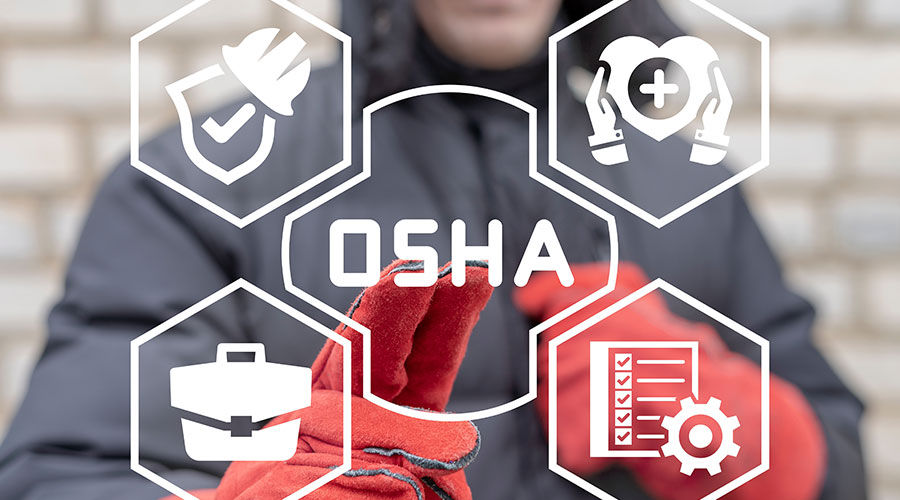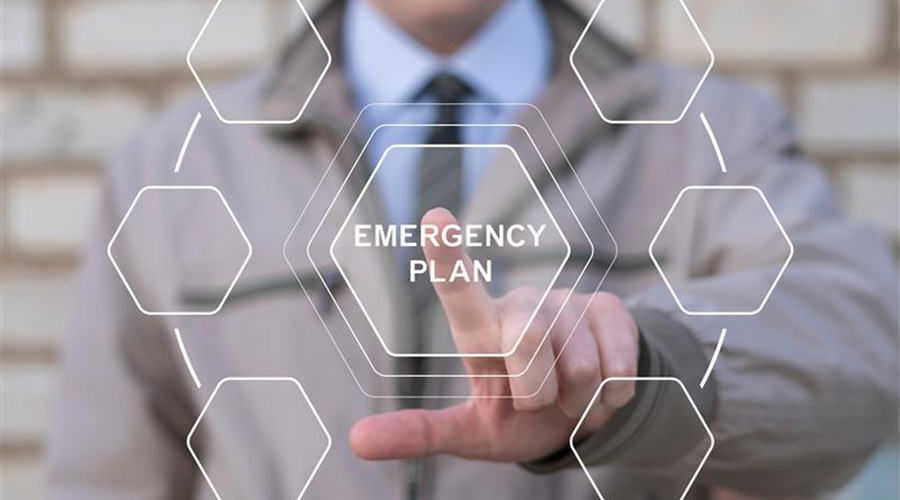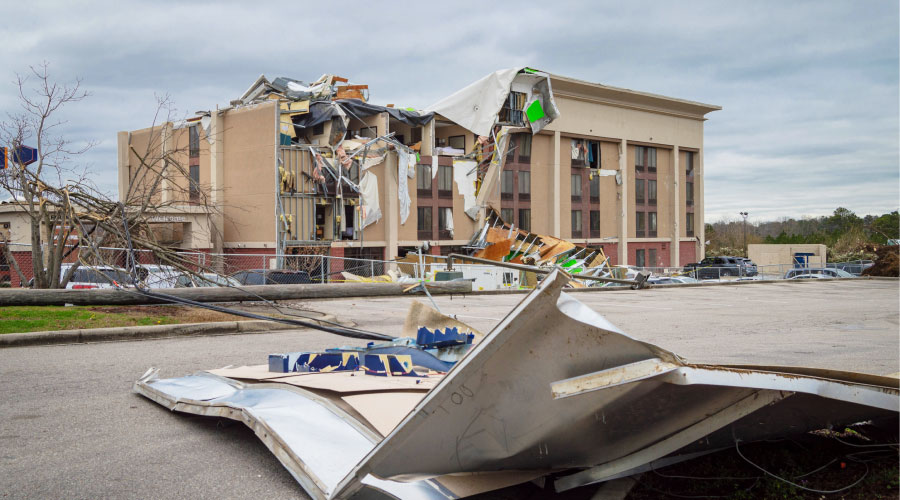Contract Requirements for Emergency Preparedness Equipment Rentals
In preparing for an emergency, managers should negotiate contractors' labor rates per hour and equipment rates per day. But the contractor will provide the amounts of resources being used as the response progresses. Key portions of a contract can be written ahead of time based on the owner's disaster recovery plan. Some sections of a typical contract include these:
Scope of work. The scope must be flexible because managers cannot know the full extent of disaster-recovery work in advance. Close coordination with the contractor during the establishment of the scope is essential to ensure the contractor exhibits in-depth knowledge of the work and can supply labor, equipment, references, and warranties as agreed.
Security. Contractors should outline plans for maintaining site security throughout the recovery effort, especially if it involves a crime scene or classified records, such as patient histories, patents, proprietary processes, and military documents.
Term. A specific start date is essential, and the contract must continue until the scope of work is complete. The earlier the start, the lower the cost, and the better the extent of recovery.
Price. The manager, the purchasing department, and the vendor negotiate rates and prices.
Vendor qualifications. The vendor must demonstrate knowledge of specific equipment and personnel needed, as well as documented experience using systematic, detailed procedures.
Service response time. The vendor must guarantee a stated response time and effort — for example, 24 hours — including practical, efficient solutions for salvage, recovery, and rehabilitation of the site in the disaster recovery plan's scope of work. The vendor must have a system to constantly monitor, evaluate and report resources used and progress in close communication with the manager.
Time, equipment and material rates. The contract must include: labor, by classification, with standard and overtime rates, and travel time rates; vendor-owned equipment rental rates; and vendor-rented equipment markup. It also must state daily rates for days or portions, regardless of shifts. Who pays for repairs at what cost? A flat rate is essential for delivery and pickup, and a written method for documenting the beginning and end of service must be included. It also must include rates for vendor-supplied material, by classification, regardless of whether they are shipped or obtained locally.
Contractor insurance. The contractor must provide up-to-date certificates for general liability, automobile, and workers compensation coverage before arriving on the property.
Insurance. One of the first calls a manager makes during disaster recovery is to the agent for the named peril — for example, flood or all-risk property insurance policy carrier. An up-to-date inventory, progress monitoring, and evaluation of results, including pictures, will provide valuable backup for insurance claims. Without this up-to-date data, complete loss recovery is more difficult to obtain.
Thomas A. Westerkamp is a maintenance and engineering management consultant and president of the work management division of Westerkamp Group LLC.
Related Topics:














